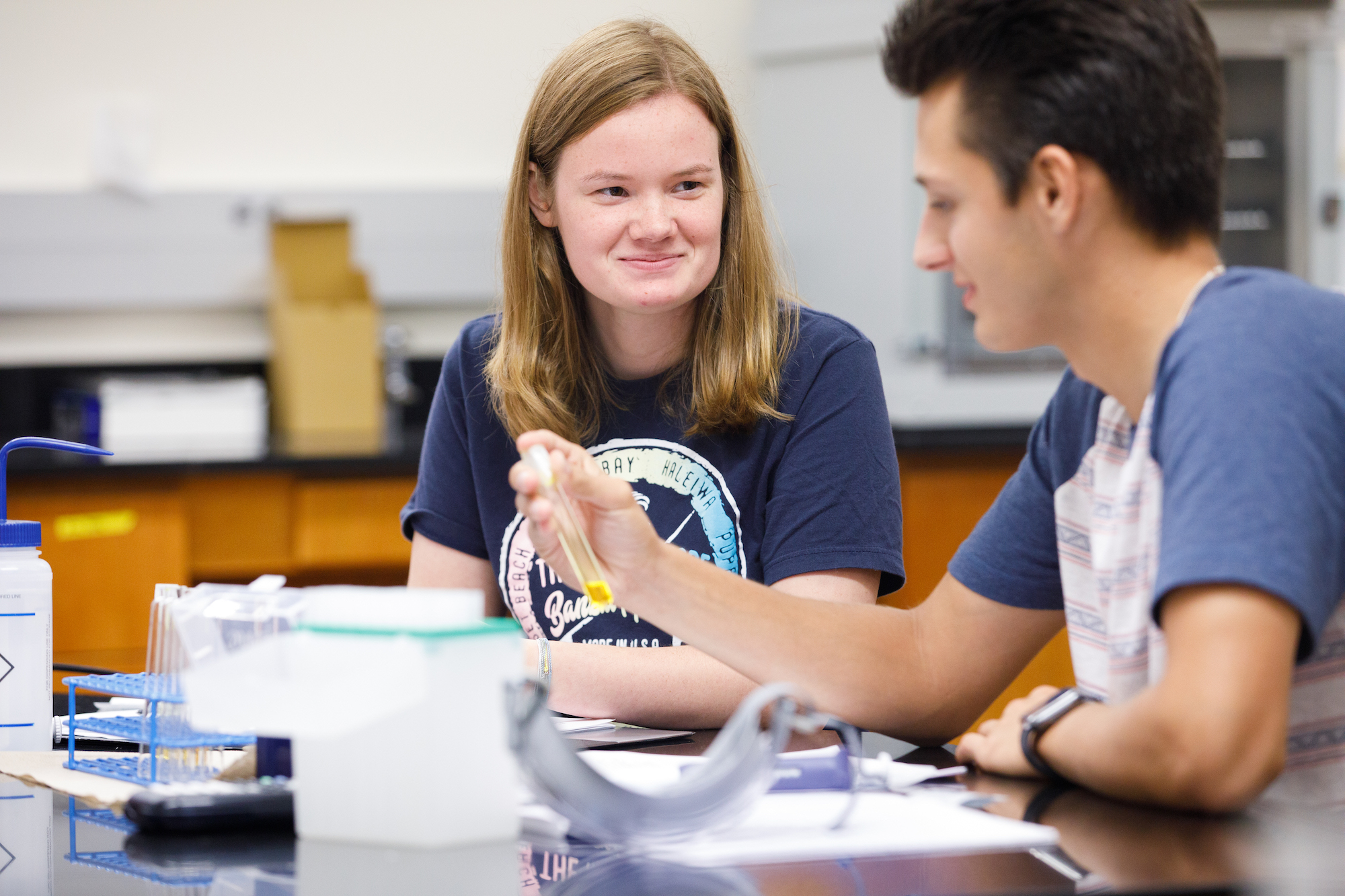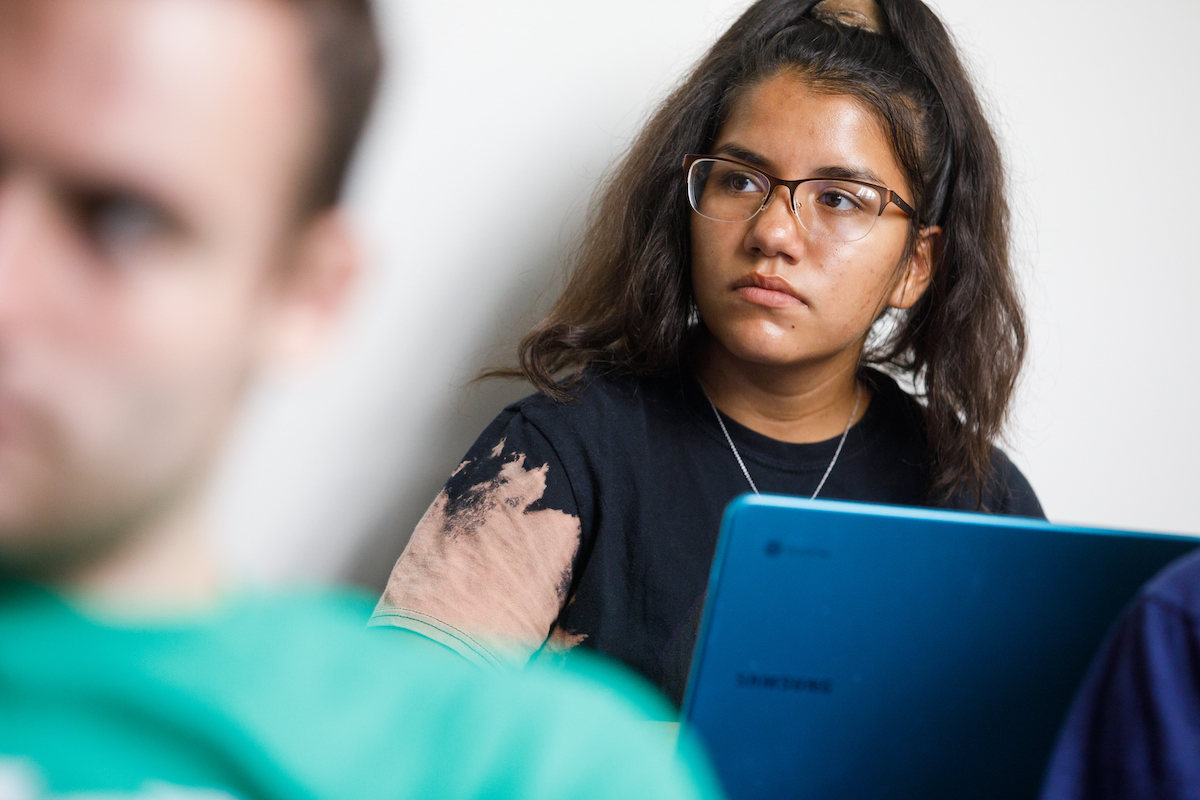Biology, Anthropology Come Together in FURSCA Project
Related Posts
Connect With Us
While focusing on freshwater macroinvertebrates, Jess Garcia-Lopez, ’22, is also adding knowledge around wild rice growing in the Whitehouse Nature Center.
August 4, 2021
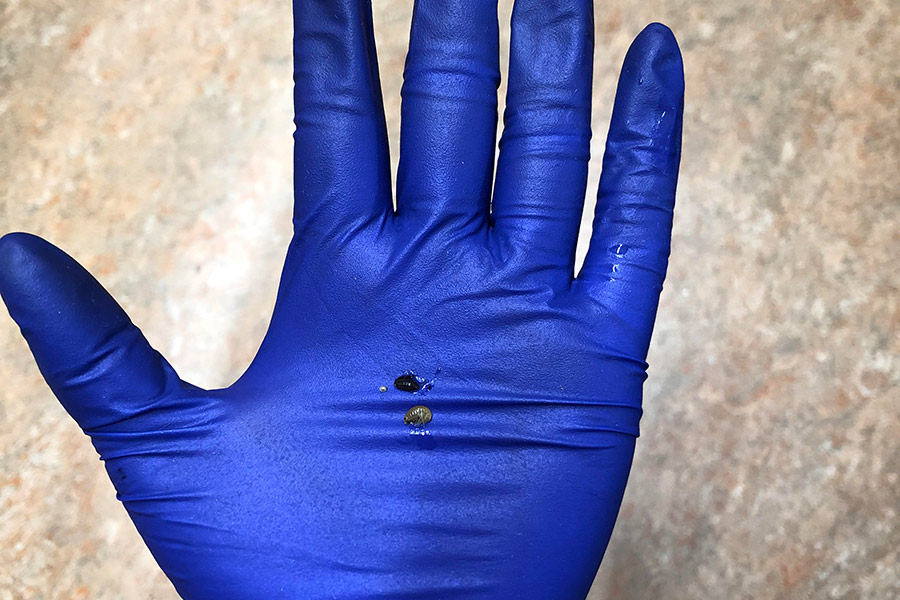
Comparison of macroinvertebrates, clockwise from bottom: amphipod (resembling a shrimp), pill/fingernail clam (white spec), isopod (dark color).
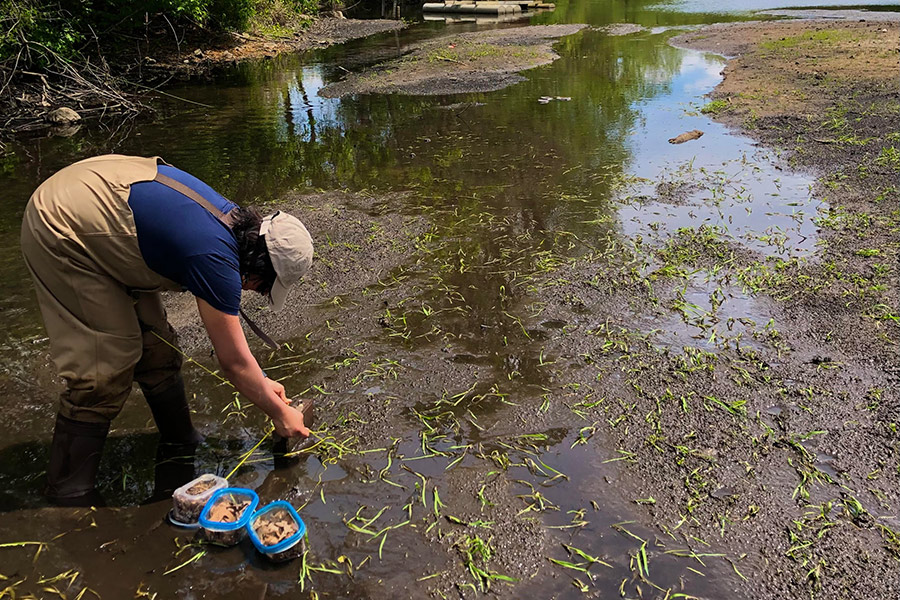
Jess Garcia-Lopez deploys collectors in the Kalamazoo River in Whitehouse Nature Center.
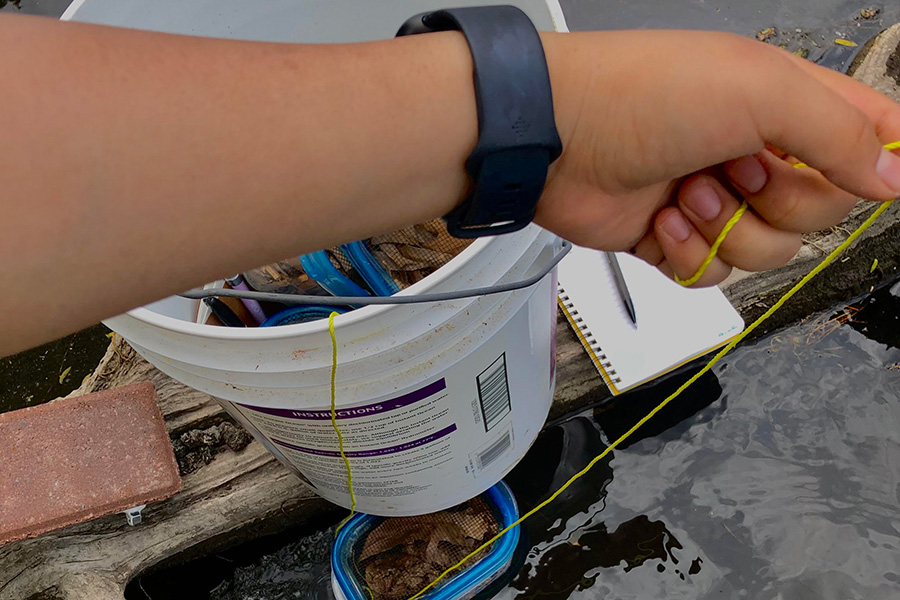
Up close with collection supplies.
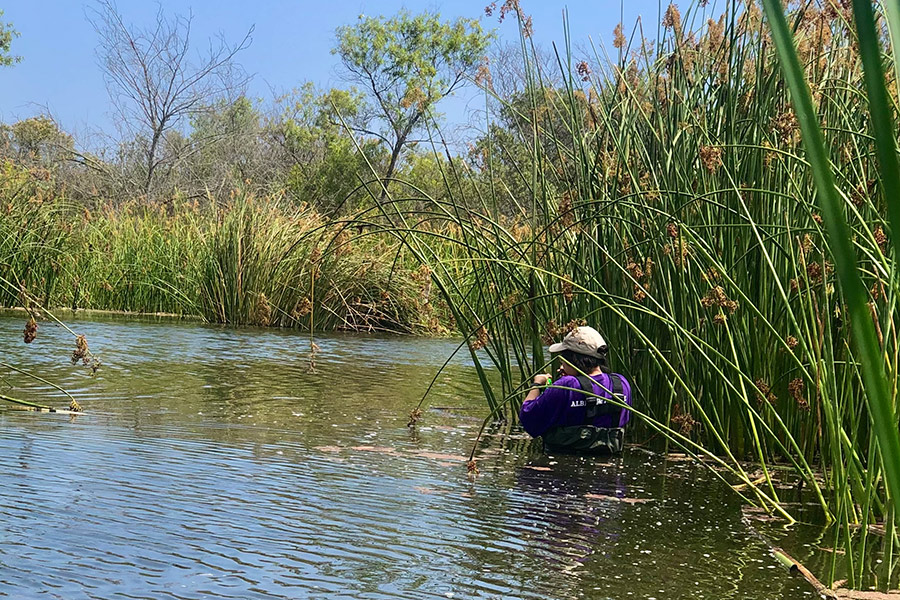
Garcia-Lopez deploys collectors at the Ballona Wetlands Ecological Reserve Freshwater Marsh in Los Angeles.
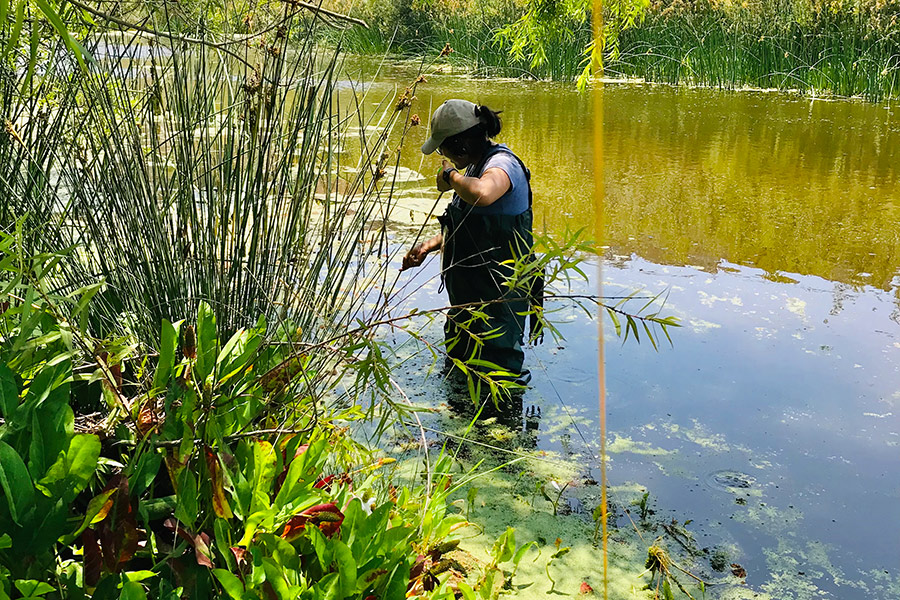
Garcia-Lopez conducts fieldwork in the Ballona Wetlands' Freshwater Marsh.
By Jake Weber
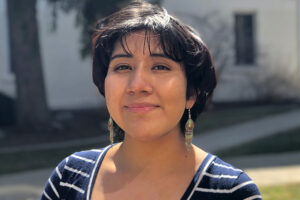
Jess Garcia-Lopez is a senior majoring in biology with a concentration in environmental science. She is a member of the Center for Sustainability and the Environment and the College’s student NAACP chapter. Garcia-Lopez is the child of Bernarda and Juan Mendoza Lopez of Los Angeles, Calif., and a graduate of Animo Venice Charter High School.
From a quiet river bend in Albion’s Whitehouse Nature Center to a freshwater marsh surrounded by metropolitan Los Angeles, Jess Garcia Lopez, ’22, has done some of the most wide-ranging fieldwork among 2021 summer FURSCA participants. Her two field sites seem to be worlds apart, but the dissimilarity actually showed Garcia-Lopez how far she has come as a researcher.
“In California, I was on my own, but I had done this work twice in Albion with my adviser,” Garcia-Lopez recalls, referencing Dr. Abigail Cahill, assistant professor of biology. “That gave me confidence. I told myself, ‘You got this.’”
She added with a smile, “I made my little sister be my research assistant. That helped.”
Garcia-Lopez has to wait until she gets back to Albion in a few weeks to learn exactly what she collected at the Ballona Wetlands Ecological Reserve Freshwater Marsh in Los Angeles. The information gathered in California and Michigan will help her understand the health of these two freshwater areas, through counting and classifying the macroinvertebrates that live in each place.
Macroinvertebrates—tiny insects, snails, worms, and other animals that, in this case, live in fresh water—are important to many ecosystems. Their presence or absence says a lot about the health of a water body, including if it can support other plant and animal life. In Albion, Garcia-Lopez and Cahill have already discovered that macroinvertebrates are more plentiful in areas of the river where wild rice grows when compared to adjacent waters.
“Studying macroinvertebrates is useful because you can do it with minimal impact on the environment,” Garcia-Lopez explains. “They’re plentiful, so if you remove some, it doesn’t affect the population, which would happen if you counted bigger things like fish or frogs.”
Still, “It’s tedious work,” Garcia-Lopez says. If you’re lucky and your collection sites don’t get swept away by the current, what’s left are samples that must be carefully rinsed and picked through with tweezers. The tiny macroinvertebrates then immediately go into an alcohol solution. “You can’t keep your samples in water, because some macroinvertebrates eat other macroinvertebrates,” Garcia-Lopez explains. “That will mess up your data.”
In the end, Garcia-Lopez’s work will contribute to a larger project to maintain and expand the wild rice bed growing in Whitehouse Nature Center. Wild rice, which has disappeared from much of its natural range in Michigan, holds a central place in the cultural life of Indigenous Peoples of the Great Lakes, according to Dr. Allison Harnish, associate professor of anthropology. “Albion College is working with local Potawatomi communities to help restore wild rice for future generations,” she says.
The wild rice project holds an extra significance for Garcia-Lopez, whose family are Zapotec, a large Indigenous group in Mexico. “Indigenous people have traditional ways that have helped preserve species. It’s important for us to understand how we can help with that,” she says.
“Sometimes these people have been shut down and it’s important to bring those voices back.”
This understanding—of the need to include Indigenous voices in conversations about natural resources—has been an enormously important part of Garcia-Lopez’s learning. “This project influenced me to touch more of it to my background and identity. And to do more reading and understanding of Indigenous science,” she says.
“Not only do I like data and fieldwork, but I will like to put my environmental activism and knowledge into my work,” Garcia-Lopez adds. “I hope to pursue an environmental career in the near future.”
Earlier this summer, Jess Garcia-Lopez gave a video presentation (below) of her research to fellow summer FURSCA participants and their faculty advisors.
